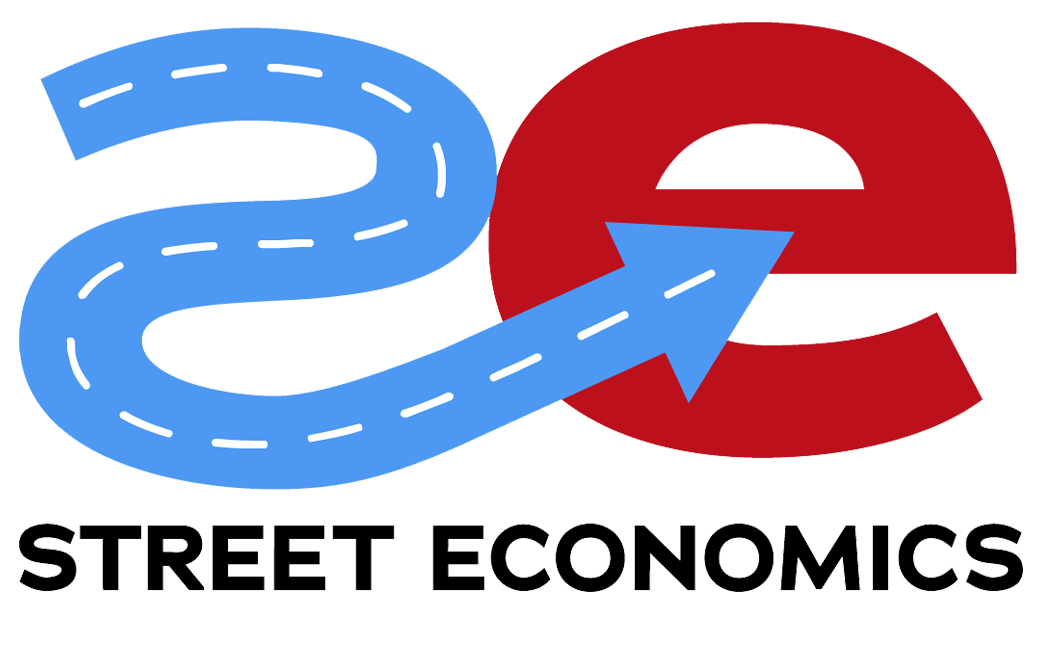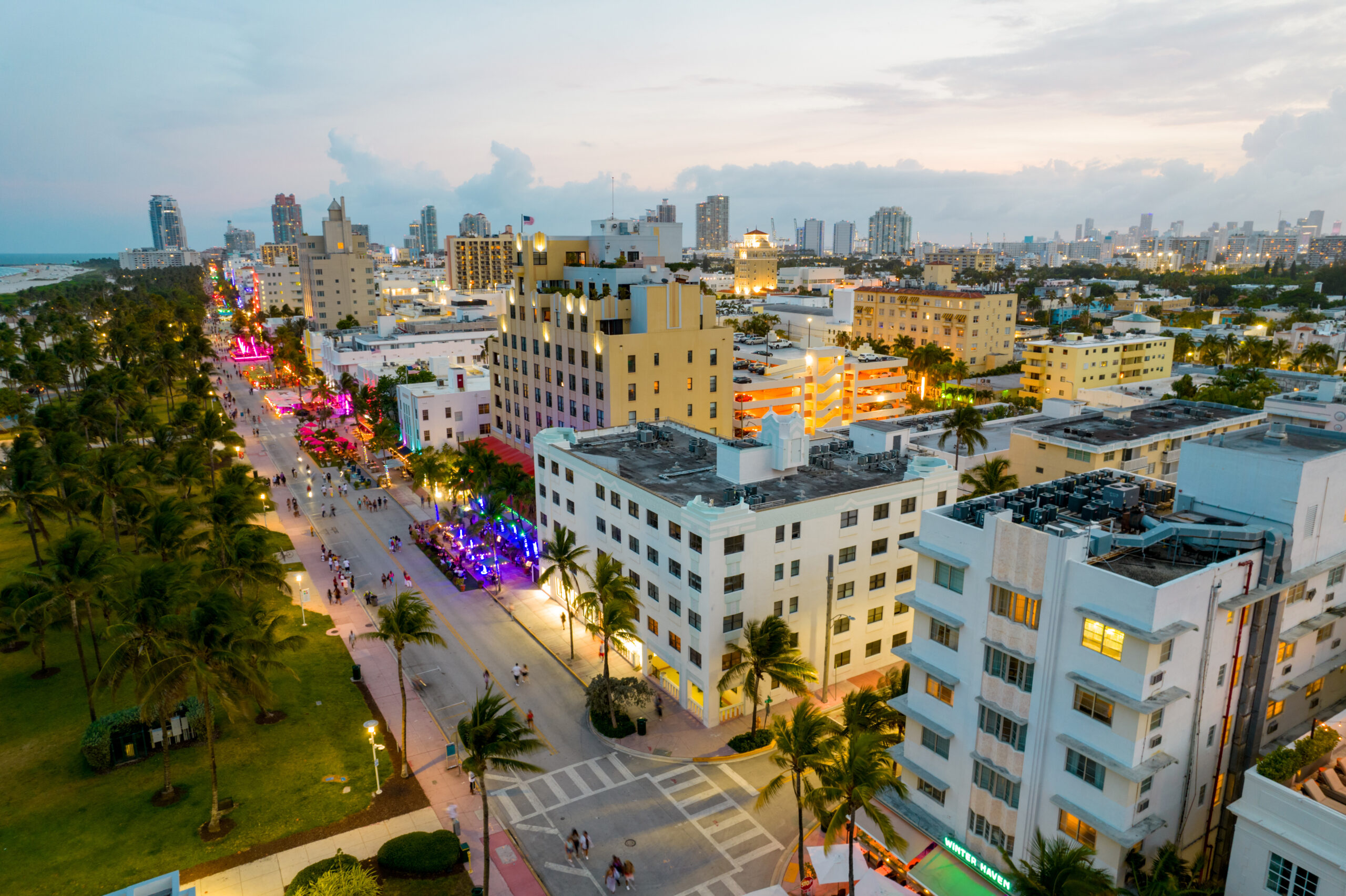Continuing our series From Ivory Towers to Main Streets, we examine the real-world dynamics of urban development, challenging conventional, top-down approaches to redevelopment. In this article, we look at a lesser-known part of Miami Beach’s story, where the organic, market-driven revitalization of South Beach contrasted sharply with the city’s bureaucratic attempts to redevelop South Pointe. We close out this miniseries on Miami Beach and Santa Ana with lessons from Miami Beach’s South Beach. We offer a fresh perspective for Santa Ana, where officials pursue a controversial redevelopment strategy involving moratoriums and zoning changes in the SD-84 Transit Zone.
The South Pointe Plan and the Waiting Game
In the late 1970s, Miami Beach officials had grand plans to redevelop South Pointe, a low-income, working-class neighborhood at the southern tip of Miami Beach. They aimed to transform the area into a luxury district filled with high-rise condos, upscale hotels, and premium retail. The city imposed a building moratorium to clear the way for this transformation, halting development and freezing property improvements. They anticipated that the neighborhood would continue to decline, making it easier to justify large-scale demolition and redevelopment.
For years, the city waited. As South Pointe stagnated, property values fell, and long-time residents were gradually pushed out. The city’s plan depended on South Pointe hitting rock bottom before it could be ultimately rebuilt in the image of luxury that the city envisioned.
While the city was waiting for South Pointe to decline, something unexpected happened to the north in the historic Art Deco district of South Beach, particularly along Ocean Drive. Investors and preservationists saw something the city didn’t: value in preservation. They realized that South Beach’s unique architectural heritage and its seaside location made it a prime candidate for revitalization, but not through demolition; instead, through restoration and enhancement.
In the early to mid-1980s, private investors began restoring the iconic Art Deco buildings along Ocean Drive. What began as a few individual investments soon snowballed into a full-blown organic revitalization. Boutique hotels, restaurants, and cultural attractions popped up, transforming South Beach into an international destination almost overnight. This happened with minimal initial intervention from the city, proving that the market often sees opportunities that bureaucratic planning misses.
Santa Ana’s current strategy of using a moratorium to halt industrial expansion in the SD-84 Transit Zone reflects a similar mindset to Miami Beach’s approach with South Pointe. The city is attempting to freeze industrial activity to pave the way for high-density residential developments. While this might sound logical on paper, the lesson from South Beach suggests that the market may offer better solutions than top-down planning.
Here’s how Santa Ana can take inspiration from South Beach’s revitalization:
In South Beach, investors recognized that the area’s Art Deco architecture was a unique asset worth preserving. Rather than bulldozing the past to make way for something new, they enhanced what already existed, giving the neighborhood new life without erasing its character.
In Santa Ana, the industrial businesses in the SD-84 zone represent a vital part of the city’s economy. Instead of seeing them as obstacles to redevelopment, the city could embrace these businesses as part of its identity. By working with business owners to improve infrastructure and encourage mixed-use development, Santa Ana could enhance the district’s economic potential while preserving jobs and industrial activity.
South Beach’s revitalization success was driven largely by the private market, not by city planners. Investors saw value where the city didn’t and turned South Beach into one of the most successful urban transformations in the world. Santa Ana could benefit from trusting the market to identify and capitalize on opportunities rather than relying solely on top-down zoning changes and moratoriums.
Instead of freezing development, Santa Ana could create incentives for investment and encourage organic growth. By allowing industrial businesses to thrive and adapt to market conditions, the city can foster a sustainable, long-term revitalization that benefits both the existing community and future residents.
One of the key failures of Miami Beach’s South Pointe plan was its disregard for the existing community. By waiting for decline, the city paved the way for the displacement of low-income residents in favor of high-end development. In contrast, South Beach’s revitalization preserved its character and allowed for inclusive growth.
Santa Ana should avoid focusing solely on future, wealthier residents. Instead, the city should balance its desire for new housing with the needs of its current industrial businesses and working-class residents. Inclusive growth – where old and new communities can thrive – leads to more stable and resilient neighborhoods.
As we’ve explored in previous articles, cash flow is the lifeblood of businesses. Freezing development and restricting investment in Santa Ana’s industrial zone threatens the cash flow of businesses that have been the economic backbone of the area. The lesson from South Beach is that allowing businesses to adapt and grow organically, without overly restrictive policies, leads to increased investment and financial sustainability.
Santa Ana’s leaders face a choice: follow the heavy-handed path of South Pointe, which ultimately resulted in displacement and years of stagnation, or look to the example of South Beach, where the market helped create a vibrant, world-renowned destination. By working with the market, preserving existing assets, and fostering organic growth, Santa Ana could achieve a balanced, sustainable revitalization that benefits current and future generations.
Instead of relying on restrictive moratoriums and zoning changes, Santa Ana should explore policies that encourage investment and enhance the existing industrial district. By partnering with local businesses, encouraging mixed-use development, and providing incentives for organic growth, the city can avoid the pitfalls of forced gentrification and create a vibrant community where everyone can thrive.
The story of South Beach’s rise during the city’s wait for South Pointe to decline offers a powerful lesson for Santa Ana: sometimes, the best development strategy is to work with the market rather than imposing rigid top-down controls. Organic growth, driven by private investment, can often create more sustainable and inclusive revitalization than bureaucratic plans.
As Santa Ana moves forward with its redevelopment efforts, it should consider the power of preservation, enhancement, and letting the market work. By balancing these elements with thoughtful planning, the city can achieve a brighter future without sacrificing its present.



Comments are closed